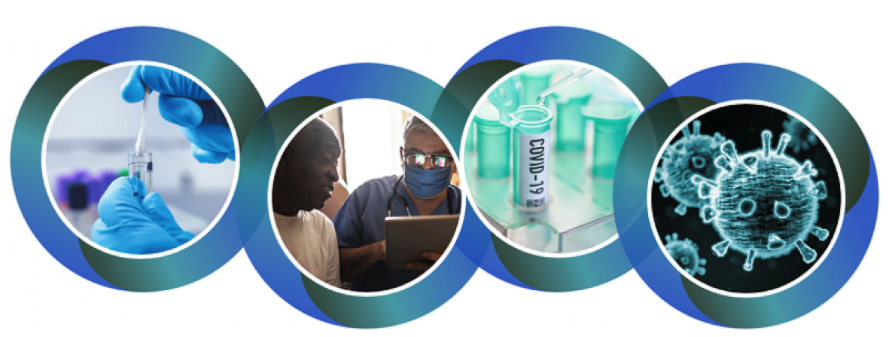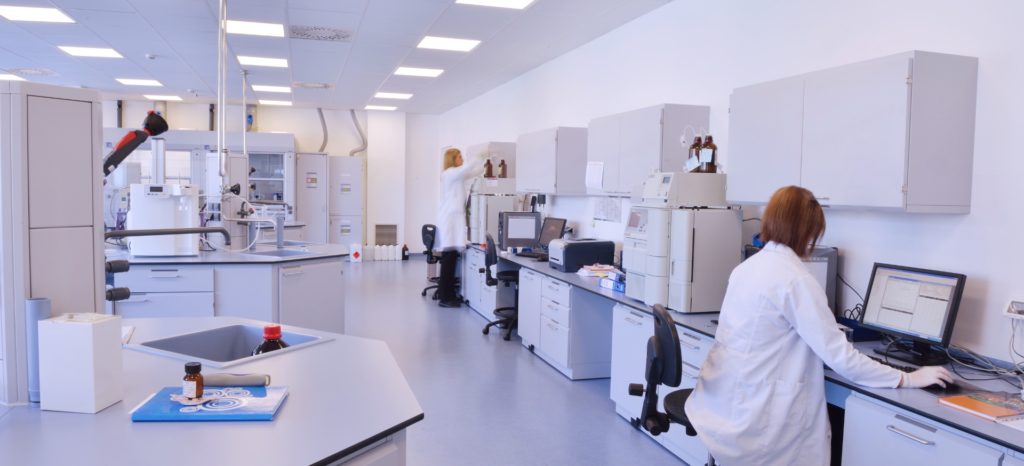
Phases of clinical trials
Provided By: NCCN
A clinical trial is only done when there is good reason to believe that a new test or treatment may improve the care of patients. Before clinical trials, tests and treatments are assessed in preclinical research. Preclinical research is not done with people. It assesses the features of a test or treatment. For example, the research may aim to learn if a device is harmful to living tissue. Another aim may be to learn more about the chemical makeup of a drug.
After preclinical research, tests and treatments go through a series of clinical trials. Clinical trials assess if tests or treatments are safe for and work in people. Clinical trials have five phases. The phases are described next using the example of a new drug treatment:
Phase 0
Phase 0 trials are the first clinical trials done among people. They aim to learn how a drug is processed in the body and how it affects the body. In these trials, a very small dose of a drug is given to about 10 to 15 people.
Phase I
Phase I trials aim to find the best dose of a new drug with the fewest side effects. The drug will be tested in a small group of 15 to 30 patients. Doctors start by giving very low doses of the drug to a few patients. Higher doses are given to other patients until side effects become too severe or the desired effect is seen. The drug may help patients, but Phase I trials are to test a drug’s safety. If a drug is found to be safe enough, it can be tested in a phase II clinical trial.
Phase II
Phase II trials further assess safety as well as if a drug works. The drug is often tested among patients with a specific type of cancer. Phase II trials are done in larger groups of patients compared to Phase I trials. Often, new combinations of drugs are tested. Patients are closely watched to see if the drug works. However, the new drug is rarely compared to the current (standard-of-care) drug that is used. If a drug is found to work, it can be tested in a phase III clinical trial.
Phase III
Phase III trials compare a new drug to the standard-of-care drug. These trials assess the side effects of each drug and which drug works better. Phase III trials enroll 100 or more patients.
Often, these trials are randomized. This means that patients are put into a treatment group, called trial arms, by chance. Randomization is needed to make sure that the people in all trial arms are alike. This lets scientists know that the results of the clinical trial are due to the treatment and not differences between the groups. A computer program is often used to randomly assign people to the trial arms.
There can be more than two treatment groups in phase III trials. The control group gets the standard-of-care treatment. The other groups get a new treatment. Neither you nor your doctor can choose your group. You will also not know which group you’re in until the trial is over.
Every patient in a phase III study is watched closely. The study will be stopped early if the side effects of the new drug are too severe or if one group has much better results. Phase III clinical trials are often needed before the FDA will approve the use of a new drug for the general public.
Phase IV
Phase IV trials test new drugs approved by the FDA. The drug is tested in several hundreds or thousands of patients. This allows for better research on short-lived and long-lasting side effects and safety. For instance, some rare side effects may only be found in large groups of people. Doctors can also learn more about how well the drug works and if it’s helpful when used with other treatments.






